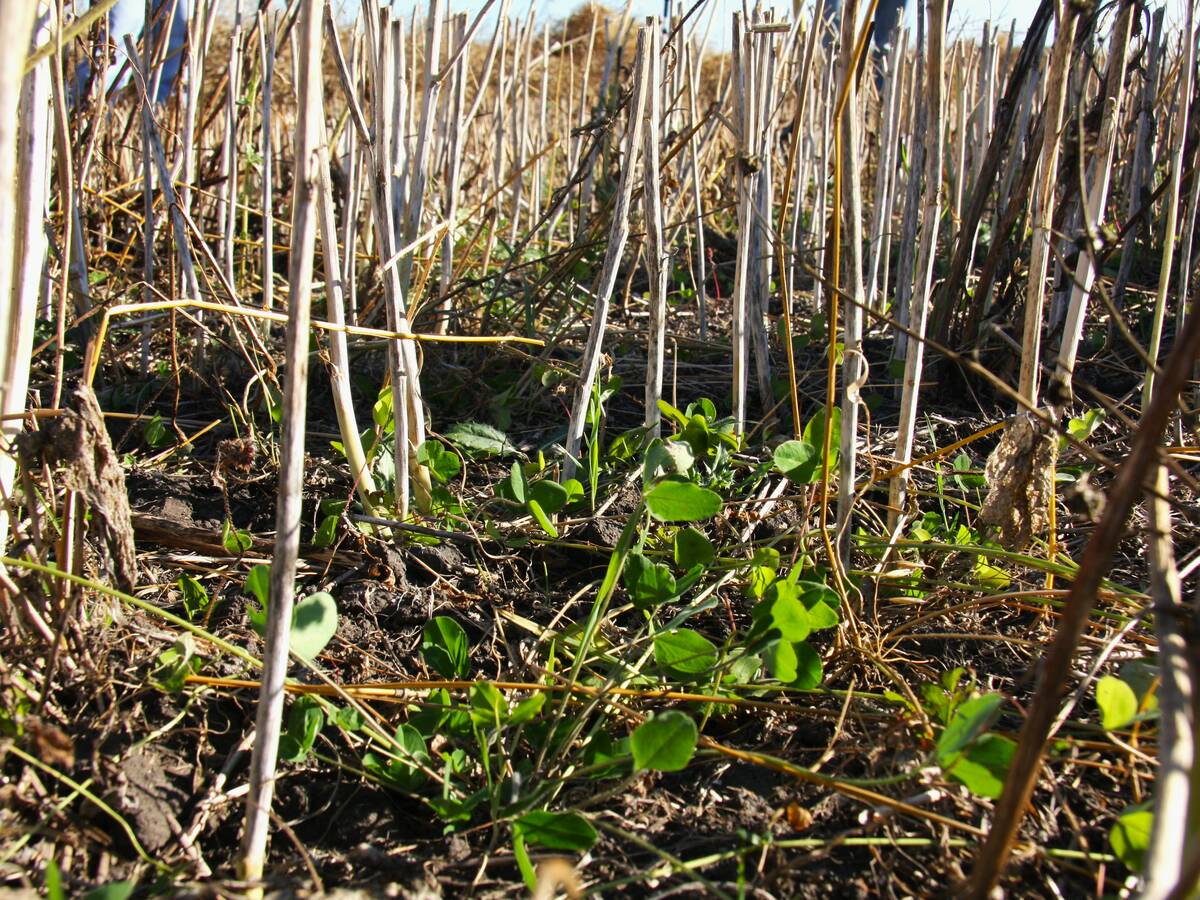A Saskatchewan farm leader says it is time for farm groups to consider how they can work together to reduce the growing levy load.
“We know all the talk that’s out there about how commissions have to get together and do more things together and share resources,” Joan Heath said in her final speech as chair of the Saskatchewan Canola Development Commission.
“We know that farmers think that there is a lot of money being spent on a lot of levies.”
Heath told delegates attending SaskCanola’s annual general meeting at CropSphere 2014 that the new conference put on by the province’s canola, pulse, flax, oat, wheat and barley groups is an example of how commissions can work together on joint ventures to reduce costs.
Read Also

Saskatchewan project sees intercrop, cover crop benefit
An Indigenous-led Living Lab has been researching regenerative techniques is encouraging producers to consider incorporating intercrops and cover crops with their rotations.
“This event is just one small step towards so many opportunities that we need to take as commissions to work together on every single front,” said Heath.
She said the SaskCanola board is divided on the issue of doing more joint projects with other commissions.
In an interview following her presentation, Heath said growers are suffering from levy fatigue and it might be worth studying what is happening in Ontario.
“I don’t know where we’re going to go with this and I don’t know how long it’s going to take, but it wouldn’t hurt for us to look at what farmers in Ontario have done, where they have pulled wheat and soy and corn together,” she said.
Heath said the benefits of groups working together extend beyond administrative cost savings. Farm groups can have more clout with provincial and federal politicians if they have a unified voice on key policy issues.
She said most producers grow most crops, and they are not necessarily best represented by a multitude of commodity groups.
“Siloing ourselves out, in my opinion, is not necessarily best serving (the farmer).”
High grain prices have helped growers afford all the levies they are paying.
Eight percent of the province’s canola growers requested a refund on SaskCanola’s 75 cents per tonne levy four years ago, but it fell to 4.9 percent last year.
“Before we get all crazy and start congratulating ourselves, we need to remember that trend line also follows the uptrend for canola prices,” said Heath.
She said it will be interesting to see what happens with refunds this year with canola prices well off 2013 levels.















